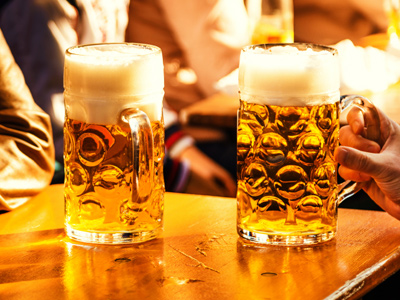
Germany: 1918-1939 - Weimar's Hard Years, 1918-1923
In GCSE History students will look at Germany between the two World Wars, beginning with the hard years of the Weimar Republic in the aftermath of the Great War.
The Weimar Republic replaced the Imperial government of Germany after the Great War. Germany's new government faced revolutions from left and right, and a peace treaty that seemed to them grossly unfair. However, Germany was in no position to argue, having been defeated in the Great War and finding herself without allies.
Learn more about the hard, early years of the Weimar Republic in this quiz.
Ready for more?
not all...
quizzers. Try to win a coveted spot on our Hall of Fame Page.







